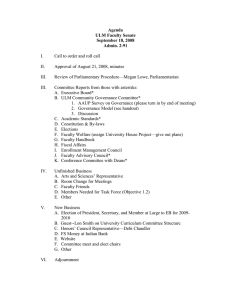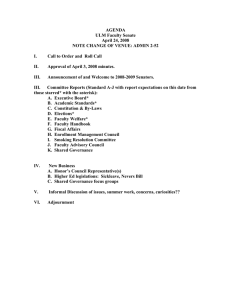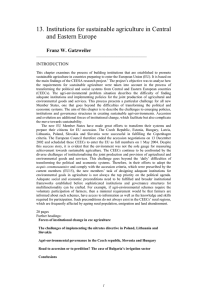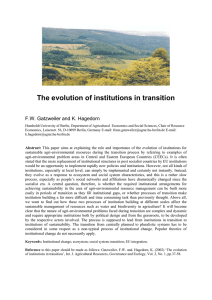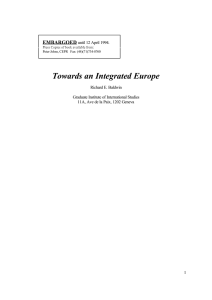Central and Eastern European Agriculture and Environment: The Levels
advertisement
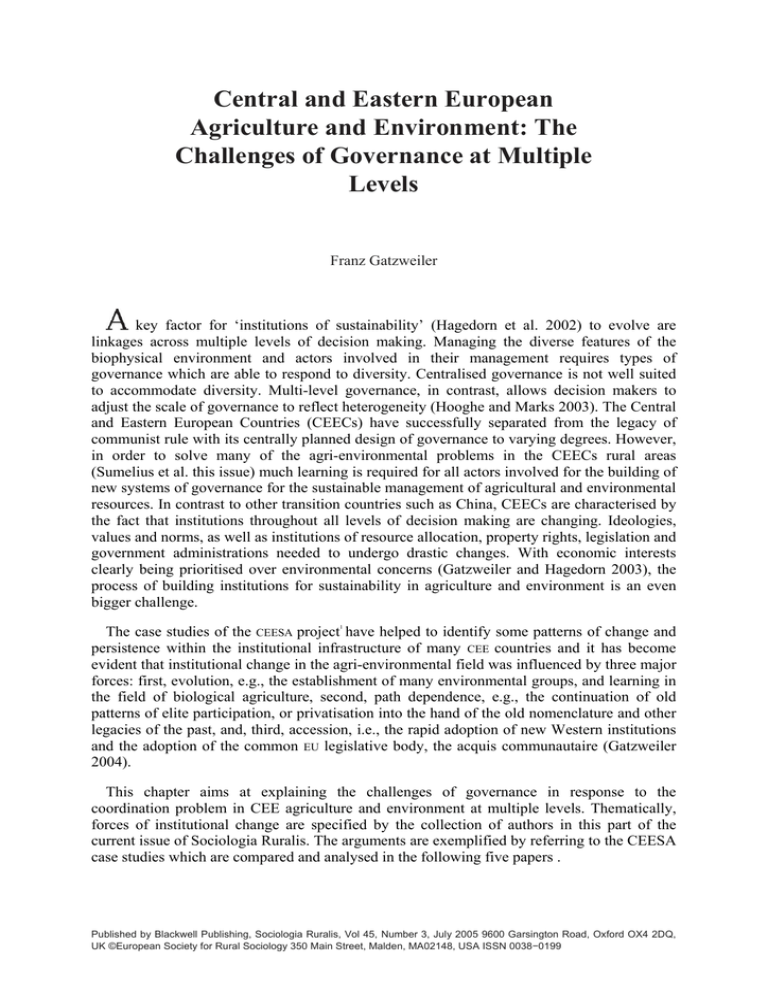
Central and Eastern European Agriculture and Environment: The Challenges of Governance at Multiple Levels Franz Gatzweiler key factor for ‘institutions of sustainability’ (Hagedorn et al. 2002) to evolve are linkages across multiple levels of decision making. Managing the diverse features of the biophysical environment and actors involved in their management requires types of governance which are able to respond to diversity. Centralised governance is not well suited to accommodate diversity. Multi-level governance, in contrast, allows decision makers to adjust the scale of governance to reflect heterogeneity (Hooghe and Marks 2003). The Central and Eastern European Countries (CEECs) have successfully separated from the legacy of communist rule with its centrally planned design of governance to varying degrees. However, in order to solve many of the agri-environmental problems in the CEECs rural areas (Sumelius et al. this issue) much learning is required for all actors involved for the building of new systems of governance for the sustainable management of agricultural and environmental resources. In contrast to other transition countries such as China, CEECs are characterised by the fact that institutions throughout all levels of decision making are changing. Ideologies, values and norms, as well as institutions of resource allocation, property rights, legislation and government administrations needed to undergo drastic changes. With economic interests clearly being prioritised over environmental concerns (Gatzweiler and Hagedorn 2003), the process of building institutions for sustainability in agriculture and environment is an even bigger challenge. 1 The case studies of the CEESA project have helped to identify some patterns of change and persistence within the institutional infrastructure of many CEE countries and it has become evident that institutional change in the agri-environmental field was influenced by three major forces: first, evolution, e.g., the establishment of many environmental groups, and learning in the field of biological agriculture, second, path dependence, e.g., the continuation of old patterns of elite participation, or privatisation into the hand of the old nomenclature and other legacies of the past, and, third, accession, i.e., the rapid adoption of new Western institutions and the adoption of the common EU legislative body, the acquis communautaire (Gatzweiler 2004). This chapter aims at explaining the challenges of governance in response to the coordination problem in CEE agriculture and environment at multiple levels. Thematically, forces of institutional change are specified by the collection of authors in this part of the current issue of Sociologia Ruralis. The arguments are exemplified by referring to the CEESA case studies which are compared and analysed in the following five papers . Published by Blackwell Publishing, Sociologia Ruralis, Vol 45, Number 3, July 2005 9600 Garsington Road, Oxford OX4 2DQ, UK ©European Society for Rural Sociology 350 Main Street, Malden, MA02148, USA ISSN 0038−0199

